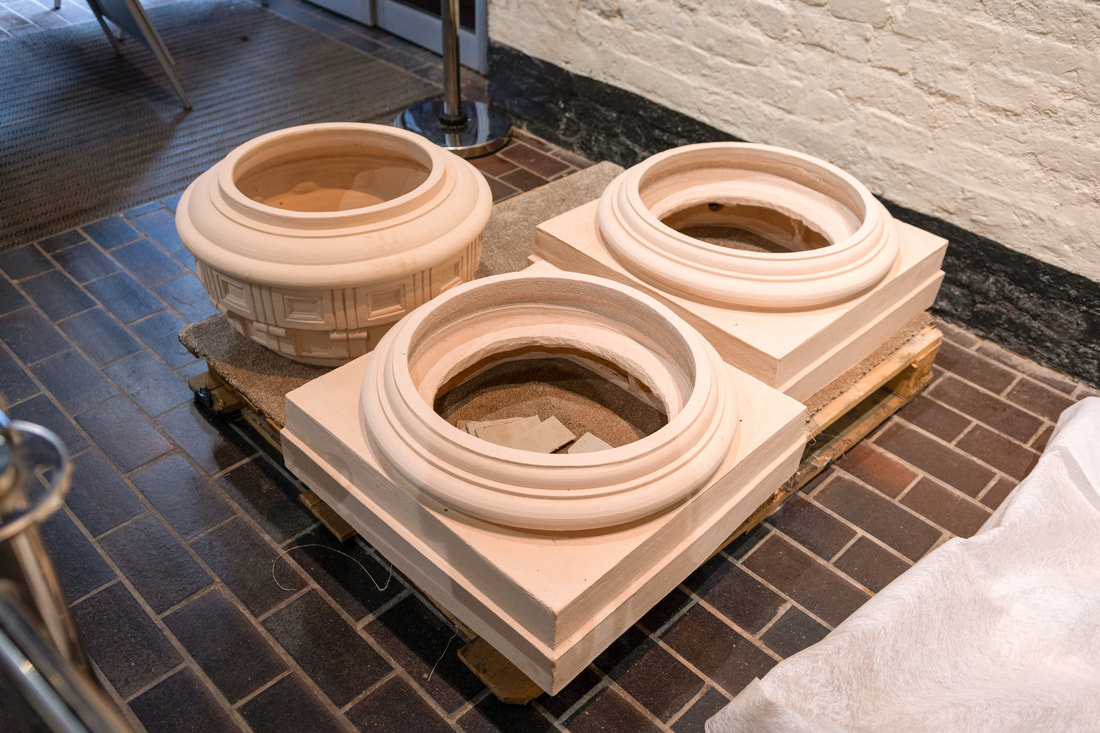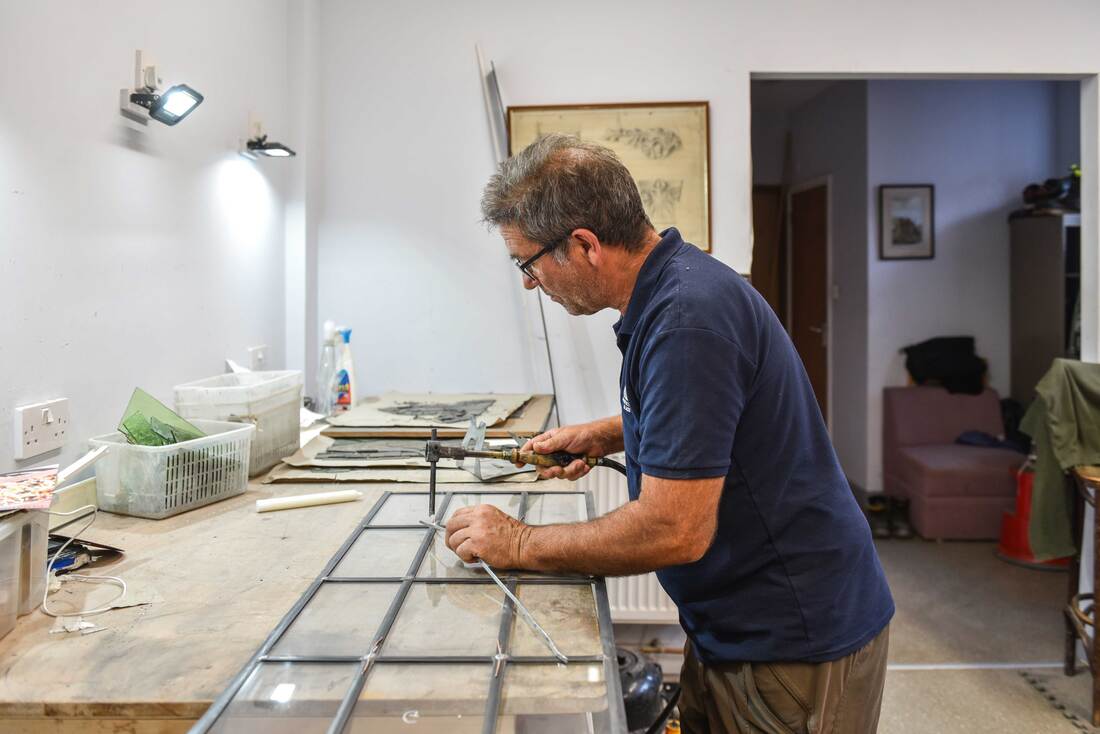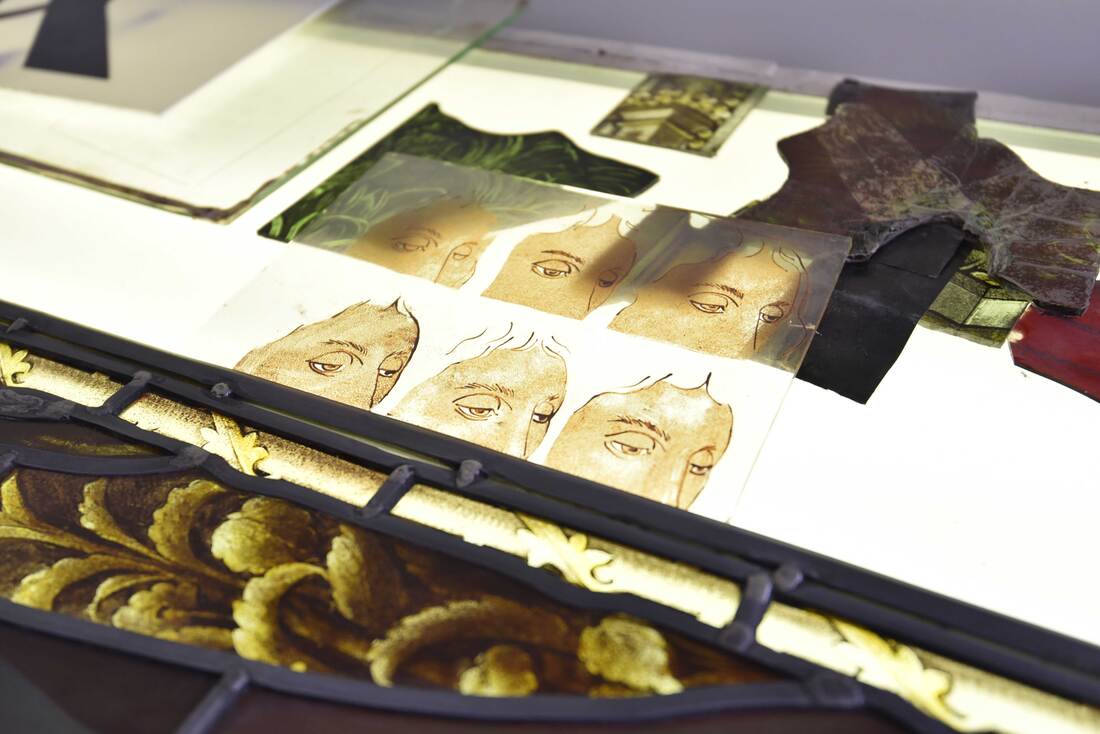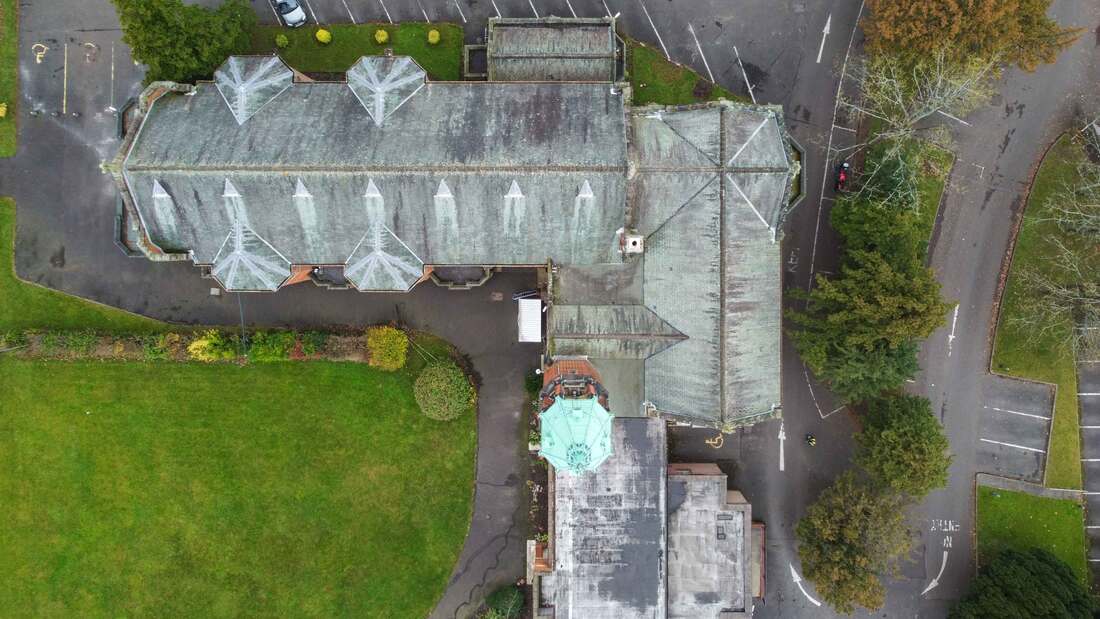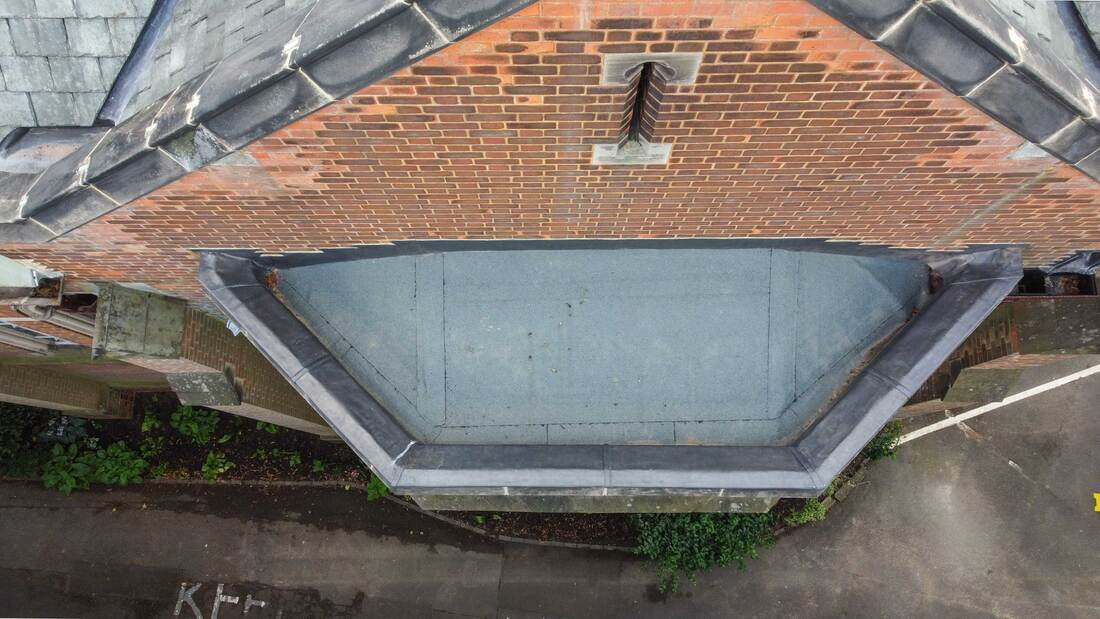|
This year we're collaborating with Birmingham City University's Architecture School on their Advanced Praxis Module. The module aims to provide students with real-life learning and practical experience in the architecture industry, collaborating or consulting with an external client. As one of the architecture practices involved, we are working with a group of postgraduate students on one of our live projects (Ironbridge Gorge Museums Trust Museum of the Gorge). This will test students’ advanced skills of design and collaboration within the context of professional practice, culminating in a detailed architectural design proposal, which they will share this with us next month.
0 Comments
Last week, Associate Matt Faber, led a hands-on conservation workshop for members of the public in Warstone Lane Cemetery for Birmingham Heritage Week, demonstrating the use of lime mortar. Participants had the opportunity to repoint a small section of a historic wall in the cemetery, learning about traditional techniques and hopefully putting their newly-learned skills to use in the future.
Last week, we attended a community event hosted by The Ironbridge Gorge Museum Trust at Museum of the Gorge to understand how the public would like to see this wonderful Grade II* building used in the future. Following our repair works to the external fabric, the Trust are looking to the next stage of works, focussing on the interior of the museum and consulting visitors and local businesses regarding how they would like to see the building used. Some very interesting discussions were had. It was brilliant to see the public engaging with the works carried out so far, putting forward their ideas for how the space could be used. The new bespoke chimney pots commissioned from West Meon Pottery were also available to view before they were installed on top of the chimneys this week.
As conservation architects, we work with many traditional crafts men and women. One of those traditional crafts is stained glass conservation. Stained glass is not just attractive. For centuries, it has been an crucial way of decorating prestigious public buildings, and as architects, we can not only appreciate the beauty of stained glass, but we can learn much about a building’s past too. Last week, we visited Nick Bayliss’ workshop, a specialist in architectural and stained glass based Birmingham's historic Jewellery Quarter. We’ve worked with Nick for many years on the restoration of stained and painted glass for a number of our projects, from churches and cathedrals, to the Jewellery Quarter’s very own Argent Centre. Nick is currently working on the repair and restoration of a stained-glass window from St John’s Church in Peterborough (which depicts the baptism of Jesus) after it incurred damage last year. Take a look at the progress shots from our visit last week, and the delicate skill that goes into this craft. We hope to shine a spotlight on more of the traditional trades we work with going forward so stay tuned for updates.
Phase 1 of Olton Friary repairs project is now complete. Oliver Architecture were employed to carry out repairs to Olton Friary in the spring of 2023 following the identification of water ingress by the parish. Following our appointment, the first task was to undertake a drone roof survey taking high-level photography to identify areas in need of repair. The drone survey identified that the roof was in a worse condition than initially thought and that detailing was poor. It also highlighted that the lead valleys and gutters to the chancel were also in need of repair having been patch repaired using bitumen previously. These repairs had run their course and required full lead replacement. This was, in part, due to short-life repairs that had previously been carried out. The drone enabled Oliver Architecture to create a 3d model. The model then allowed us to take two dimensional ortho-photographs for elevations and roof plans - this is a way of achieving scaled drawings without commissioning an expensive survey - it also meant we were able to save our client money because we could carry out this technique in-house.
|
Oliver Architecture Ltd - Company Registration No. 08792661
Copyright Oliver Architecture Ltd. 2014 - 2024
Powered by Weebly
Copyright Oliver Architecture Ltd. 2014 - 2024
Powered by Weebly



















